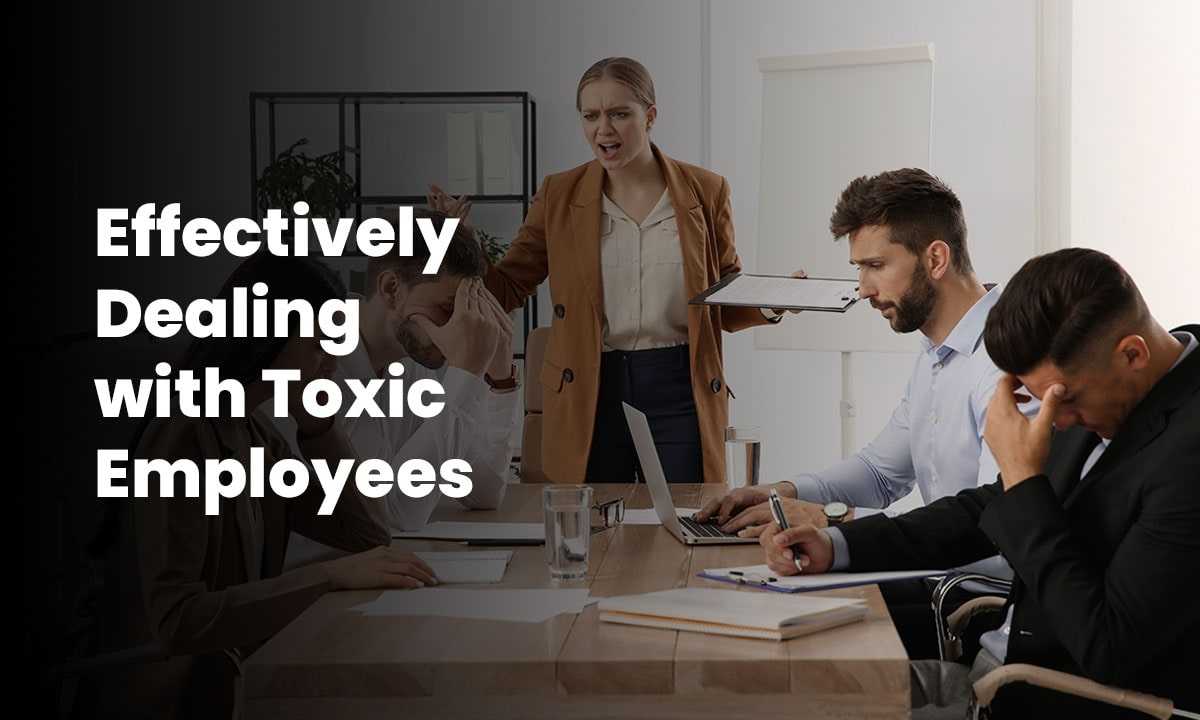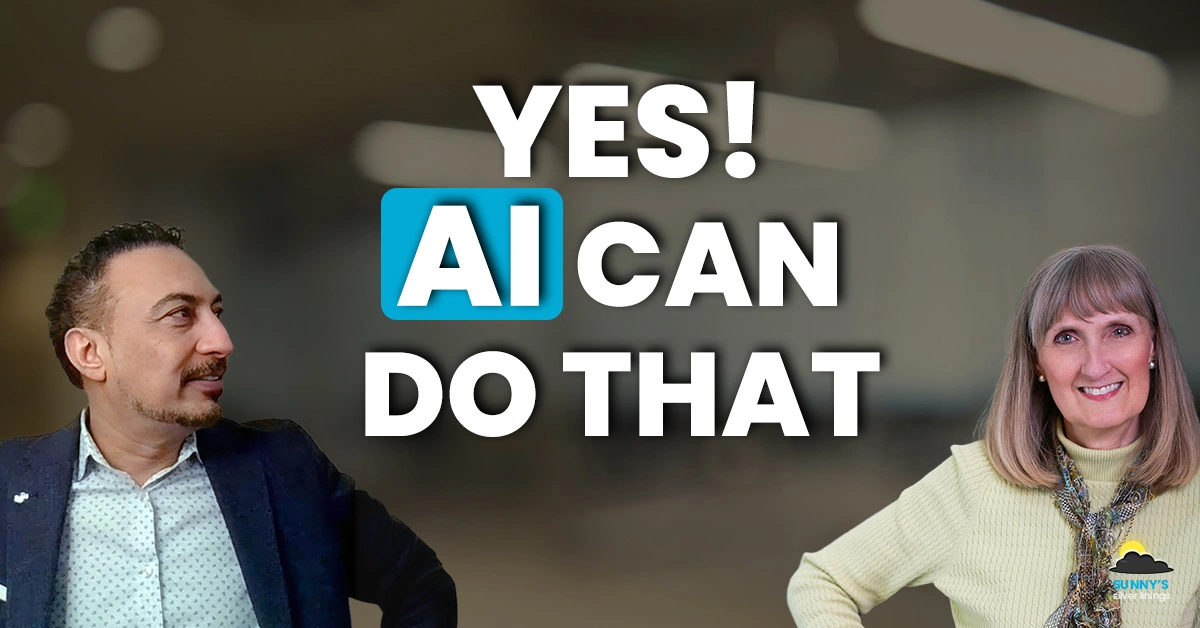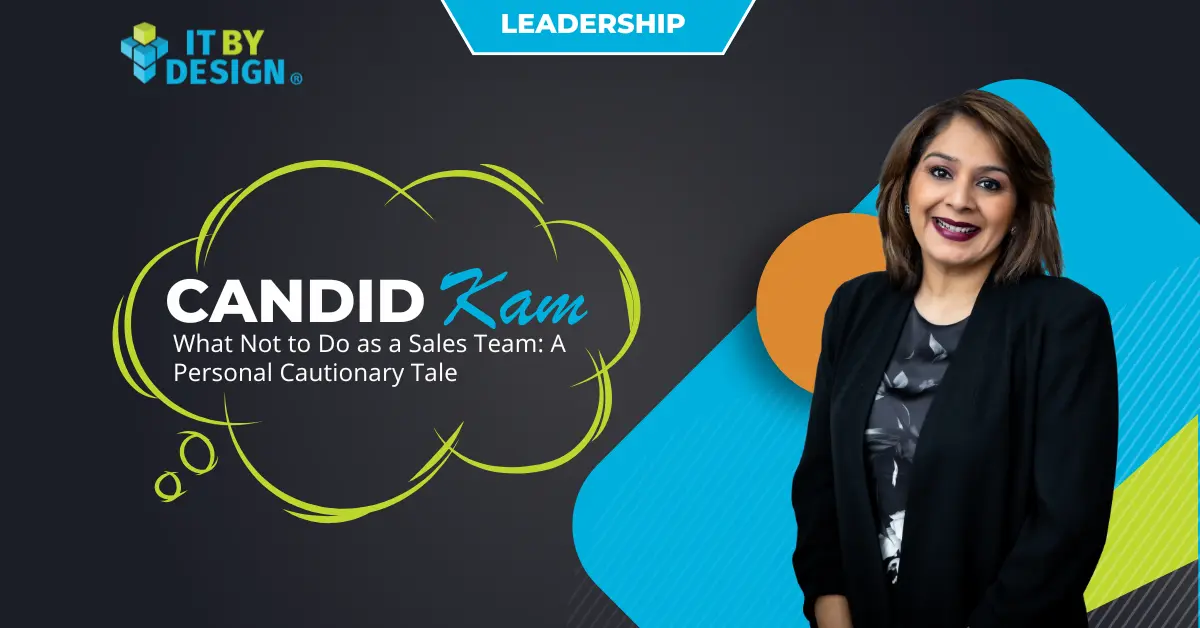In the fast-paced and high-stakes environment of the IT channel, detrimental workers present a unique set of challenges. Nearly one out of five respondents in a survey conducted this year by the American Psychological Association reported that their workplace is very or somewhat toxic.
Such negativity not only affects team dynamics but also has a corrosive impact on productivity and overall organizational culture. Useful strategies for addressing and managing toxic employees are invaluable, as there is always a possibility that one (or more) will end up in your workplace.
Here are some valuable insights for MSPs to foster a healthier work environment by identifying, understanding, and handling disruptive team members in efficient and responsible ways.
Who is toxic (and why)?
Individuals who exhibit consistent patterns of negative behavior that undermine team cohesion and project success must be identified and watched closely. Recognizing these detrimental actions early is crucial for preventing the negative effects from spreading to other workers. Such behaviors include constant criticism, refusal to collaborate, inability to receive feedback, general dislike of leadership, and a consistently poor attitude.
The impact of these actions extends beyond individual performance to the overall team’s productivity and morale. Even the most motivated employee can be negatively influenced by a coworker’s constant complaining, inflexibility, and gossiping.
Understanding the underlying reasons behind toxic behavior is essential before addressing the issue head-on. Work-related stress, skill misalignment, or personal conflicts can contribute to negative attitudes. In addition, the culture at your organization may either perpetuate or mitigate such conduct. For example, having too many competitions between workers or within departments can inadvertently create tension between colleagues.
What are some effective strategies to deal with toxic behavior?
Open communication and feedback are essential for managing undesired activities. Having regular discussions with workers who are displaying negative habits provides opportunities to address the concerns constructively and offer actionable steps to remedy the situation.
Setting clear expectations regarding roles, responsibilities, and performance metrics can also help re-align the employee’s goals with those of their team and the organization. Providing the individual with professional development opportunities—including addressing any skill gaps or work-related stress—can contribute to that person’s growth and increased satisfaction.
Direct conflict resolution is useful to work through interpersonal conflicts that are contributing to toxicity. Mediation provides a neutral platform for addressing disputes and finding common ground between an unhappy employee and colleagues causing them stress. Use a neutral party to mediate and make sure the people involved are comfortable with a direct approach. Toxic employees may use intimidation or bullying to keep coworkers from speaking up, so a surprise and direct confrontation may not be appropriate in all cases.
The most common way to handle negative workers is by applying progressive disciplinary actions. Ensure everyone understands the consequences of detrimental workplace behavior, which may range from verbal warnings and counseling to written warnings and performance improvement plans. Consistency and fairness in applying consequences are crucial, and incidents and all related actions should be well-documented.
Sometimes, despite all efforts, termination becomes the only option. Signs such as repeated misconduct and an increasing negative impact on workplace morale may indicate that it’s time to part ways. It’s important to navigate these decisions ethically and in accordance with labor laws, while also considering the long-term effects for your team and organization.
How can non-toxic employees be supported?
Minimizing the impact of negative behavior on co-workers involves shielding others from the disruptive person and offering stress management and mental health resources. Leaders should also encourage open dialogue to create a safe space for individuals to voice concerns, helping to address broader team-wide issues before they escalate.
It’s important to initiate a healing process among affected coworkers after addressing toxicity. Team-building activities help rebuild trust and can also serve as a forum, allowing organizations to reflect on workplace weaknesses that may be contributing to negative employee conduct.
Creating a healthy and positive work environment plays a significant role in mitigating toxicity before it starts. Encouraging teamwork and collaboration while recognizing good behavior can help shift the focus from negativity to collective success. A more proactive approach involves delegating project responsibilities ahead of time to build a sense of ownership in each individual, which fosters engagement.
Strategies for Lasting Change
With almost one out of five workplaces being impacted by toxicity, an effective plan for dealing with this issue is paramount. A healthier and more productive work environment can be cultivated by identifying negative behavior, understanding the root causes, and implementing strategies like open communication and conflict resolution.
What tactics does your MSP employ when faced with a toxic employee? Are there additional indicators or strategies you’ve found useful? Allowing negative behavior to continue sends the message to other workers that your company does not prioritize a healthy workplace. Knowing how (and when) to handle toxicity is a critical skill that contributes to the success or failure of the organization.
For more content like this, be sure to follow IT By Design on LinkedIn and YouTube, check out our on-demand learning platform, Build IT University, and be sure to register for Build IT LIVE, our 3-day education focused conference, September 9-11 in Orlando, FL!









